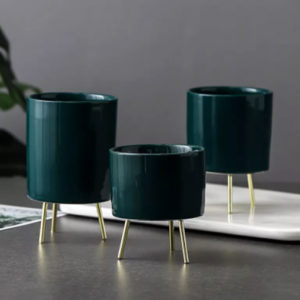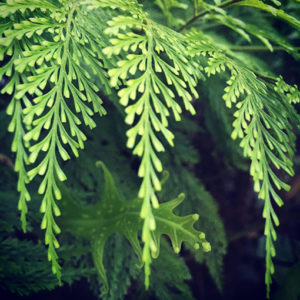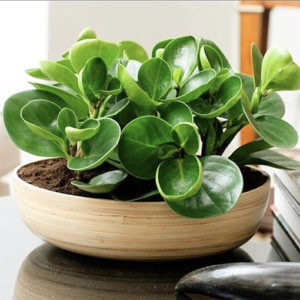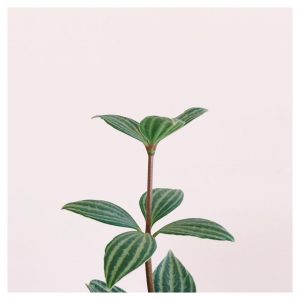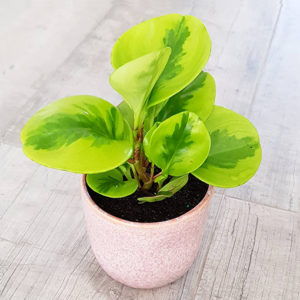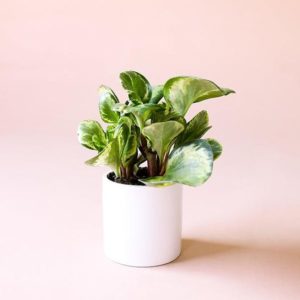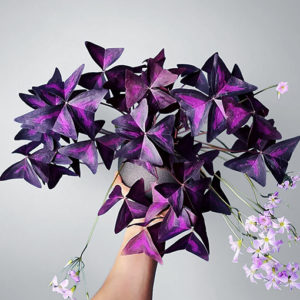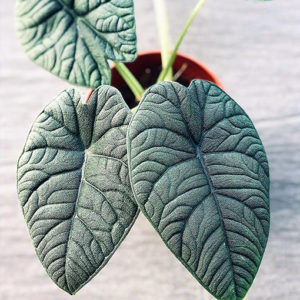
#Thejunglecollective!
Passionfruit (Passiflora edulis) is a tropical and subtropical vine that produces beautiful flowers and delicious fruit. Growing passionfruit can be a rewarding experience, especially when you understand the specific needs of the plant. Whether you’re a seasoned gardener or a beginner, this guide will provide you with top tips for successfully growing passionfruit vines.
Dianella Tasmanica
There are two main types of passionfruit: the purple variety (Passiflora edulis) and the yellow variety (Passiflora edulis flavicarpa). The purple variety is more suitable for cooler climates and tends to be sweeter, while the yellow variety thrives in tropical and subtropical regions and is known for its vigorous growth and larger fruit.
Dianella Caerulea
Another favorite among gardeners is Dianella caerulea, commonly known as the blueberry flax lily. This species is noted for its slender leaves and clusters of small, star-shaped blue flowers, followed by dark blue berries. Dianella caerulea is highly adaptable, thriving in full sun to part shade and preferring well-drained soil. It is drought-tolerant once established, making it a great choice for low-maintenance gardens. Its ability to grow in a wide range of conditions, coupled with its attractive appearance, makes it a versatile option for various garden settings.
Dianella Revoluta
Dianella revoluta, or the black-anther flax lily, is distinguished by its dark blue to purple flowers with black anthers. This species has narrow, upright leaves and produces clusters of berries that can range in color from blue to purple. Dianella revoluta is particularly valued for its toughness and resilience. It can tolerate poor soils, drought, and even light frost, making it a reliable choice for challenging garden conditions. This species is also excellent for erosion control and can be used effectively in mass plantings.
Choosing the Right Dianella for Your Garden
When selecting the best Dianella for your garden, consider the specific conditions and requirements of your planting area. Here are some key factors to keep in mind:
- Sunlight: Most Dianella species thrive in full sun to part shade. However, some varieties may prefer more shade or more sun. Assess the sunlight levels in your garden and choose a variety that matches those conditions.
- Soil: Dianella plants generally prefer well-drained soil. If your garden has heavy clay or poorly drained soil, consider improving the drainage before planting. Some species, like Dianella tasmanica, can tolerate occasional wet feet, but most will perform best in well-drained conditions.
- Watering Needs: While Dianella species are generally drought-tolerant once established, they will need regular watering during the establishment phase. Ensure you can provide adequate water during this period, especially if planting in a particularly dry season.
- Maintenance: Dianella plants are low-maintenance, but some varieties may require more attention than others. Consider your willingness and ability to perform regular garden maintenance when choosing a species.
- Purpose: Determine the primary purpose of planting Dianella in your garden. Are you looking for erosion control, aesthetic appeal, or mass plantings? Different species have different strengths, so choose one that aligns with your goals.
Benefits of Planting Dianella
Dianella plants offer numerous benefits beyond their attractive appearance. Here are a few reasons to consider adding them to your garden:
- Erosion Control: The dense root systems of Dianella species make them excellent for stabilizing soil and preventing erosion. This is particularly useful for slopes or areas with loose soil.
- Low Maintenance: Once established, Dianella plants require minimal care. They are generally pest-resistant and can tolerate a range of environmental conditions.
- Aesthetic Appeal: With their strappy leaves and colorful flowers and berries, Dianella plants add texture and visual interest to gardens. They can be used as border plants, ground covers, or focal points in garden beds.
- Wildlife Attraction: The flowers and berries of Dianella plants attract birds and pollinators, contributing to a healthy garden ecosystem.
Popular Varieties to Consider
Here are a few popular Dianella varieties that you might consider for your garden:
- Dianella ‘Little Rev’: A compact variety with narrow, blue-green leaves and blue flowers. Ideal for small gardens or container planting.
- Dianella ‘King Alfred’: Known for its striking yellow-green foliage and blue flowers. This variety is excellent for adding a splash of color to garden beds.
- Dianella ‘Cassa Blue’: Features blue-green foliage and dark blue flowers. It is highly drought-tolerant and perfect for low-maintenance gardens.
Dianella plants are a versatile and attractive addition to any garden. With their wide range of species and varieties, there’s a Dianella to suit almost any garden condition or aesthetic preference. By considering the specific needs of your garden and the characteristics of different Dianella species, you can select the perfect plant to enhance your landscape. Whether you’re looking for erosion control, low-maintenance beauty, or a way to attract wildlife, Dianella has something to offer.
If you want more information about caring for indoor and outdoor plants, check out our shop for a wide selection of both plants and planters.





